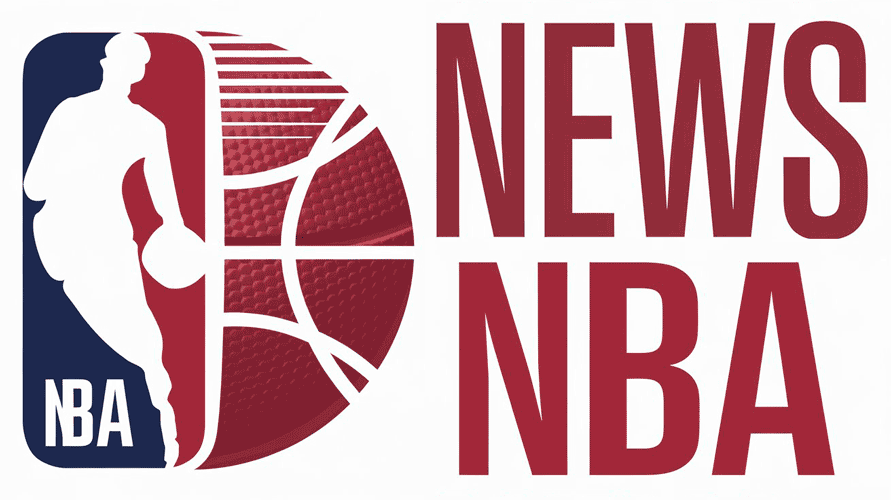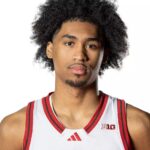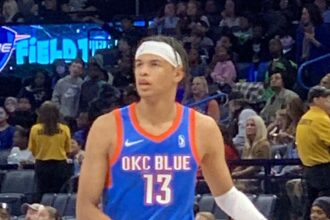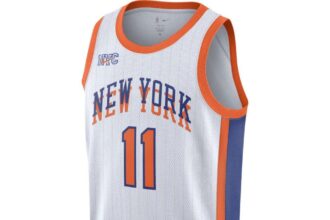New York Knicks forward Josh Hart has openly addressed his recent bench role following a nerve injury, shedding light on his current mindset and readiness to contribute. As the team navigates a challenging stretch of the season, Hart’s candid comments provide insight into both his recovery process and his determination to impact the roster despite changes in playing time. This development adds a new layer to the Knicks’ evolving dynamic as they strive to maintain momentum in a competitive Eastern Conference.
Knicks Josh Hart Opens Up About Challenges Facing Bench Role During Recovery
Josh Hart has been candid about the emotional and physical hurdles he’s encountered while adjusting to a bench role with the New York Knicks during his ongoing recovery from a nerve injury. The shooting guard emphasized that, despite the setback, his focus remains on contributing to the team wherever needed. Hart acknowledged the frustration that comes with limited minutes but stressed the importance of patience and resilience in his rehab journey. “I want to be out there helping my teammates,” Hart explained, “but right now, my body needs time to heal. It’s tough, but I’m embracing the process.”
Hart’s transparency sheds light on the complex dynamics players face when sidelined by injury. His comments reveal several key points:
- Mental challenges: Coping with reduced playing time and feeling detached from the competitive rhythm.
- Physical limitations: Managing pain and avoiding setbacks while progressively increasing activity levels.
- Team role adaptation: Finding new ways to add value beyond scoring and minutes on the court.
The Knicks coaching staff has been monitoring Hart’s recovery closely, balancing his game readiness with long-term health goals to maximize his impact down the stretch of the season. Below is a quick snapshot of Hart’s recent game participation since returning from injury:
| Game Date | Minutes Played | Points Scored | Assists |
|---|---|---|---|
| Apr 5 | 14 | 9 | 3 |
| Apr 8 | 18 | 11 | 2 |
| Apr 11 | 20 | 14 | 4 |
Impact of Nerve Injury on Hart’s Performance and Team Dynamics
Josh Hart’s recent nerve injury has not only hindered his physical capabilities but also significantly affected his on-court performance. The lingering discomfort and occasional numbness have led to a noticeable dip in his shooting accuracy and defensive agility, two areas where Hart typically excels. This decline has forced head coach Tom Thibodeau to reconsider Hart’s minutes, opting to place him on the bench more frequently to limit further aggravation of the injury. While this decision prioritizes his long-term health, it has sparked frustration from Hart, who has publicly expressed his eagerness to contribute fully despite his current physical setbacks.
The shift in Hart’s availability and role has also influenced the Knicks’ overall team dynamics. His reduced presence on the floor has opened opportunities for younger players but has simultaneously disrupted the established chemistry. Key teammates have noted the challenges in adjusting to rotations without Hart’s reliable perimeter defense and hustle plays. Below is an overview of how Hart’s injury has shifted both his performance metrics and the team’s rotation patterns:
| Aspect | Pre-Injury | Post-Injury |
|---|---|---|
| Average Minutes Per Game | 28.4 | 16.7 |
| Shooting % (FG) | 46.2% | 38.9% |
| Defensive Rating | 102 | 112 |
| Team Win % With Hart | 58% | 43% |
- Increased bench role for managing injury risk
- Adjustment in team defensive schemes due to Hart’s limited mobility
- Opportunity for bench players to step up and fill scoring gaps
Strategies for Supporting Player Health and Optimizing Bench Contributions
Maintaining player health while maximizing bench productivity remains a critical challenge for NBA coaching staffs. For a player like Josh Hart, managing recovery from a nerve injury demands a carefully balanced approach, integrating tailored physical therapy programs with gradual reintegration into game action. Teams increasingly rely on sports science to monitor key wellness indicators like fatigue levels, hydration, and muscle response, ensuring that returning players remain effective without risking further injury. Providing structured rest days and utilizing load management techniques are essential components to keep players fresh throughout grueling seasons.
Optimizing bench contributions goes beyond physical readiness. Coaches emphasize clear communication regarding roles and expectations to foster confidence among reserve players. Strategies include:
- Implementing specialized skill development sessions targeted at bench players
- Utilizing advanced analytics to identify optimal matchups and minute distributions
- Encouraging leadership roles within the second unit to maintain team cohesion
These combined efforts create a resilient and adaptable bench unit capable of sustaining competitive performance, even when key starters face health setbacks.
| Strategy | Benefit |
|---|---|
| Load Management | Reduces injury risk |
| Targeted Rehab | Speeds recovery |
| Analytics-led Subbing | Maximizes performance |
| Leadership Development | Boosts bench morale |
In Conclusion
As the Knicks navigate the challenges of the season, Josh Hart’s candid remarks shed light on the personal and physical hurdles he continues to face. His willingness to address his bench role amid recovery underscores both his competitive spirit and commitment to the team’s success. Moving forward, it remains to be seen how Hart’s health and mindset will influence his contributions on the court and the Knicks’ overall trajectory.














